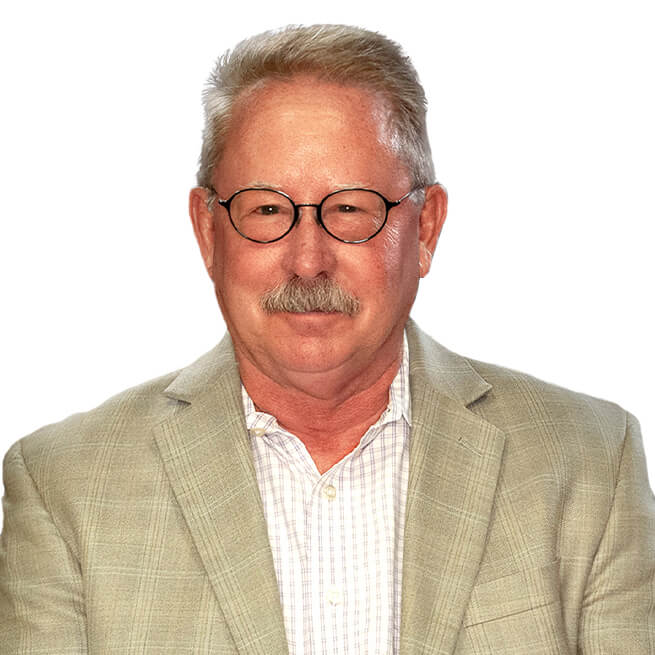Simply put, rotoscoping is an effect in Adobe After Effects that you can use to trace out an element using the ‘roto brush’ function to put it into a different background. It’s like a green screen effect but without using an actual screen. It’s a great technique to utilize if your film subjects need to be added over a different background, but it is beneficial for a wide range of effects, from subtle to surreal.
Early History
Originally invented in 1915, it was used as a means to “improve the movement of animated characters and make them look more realistic.” Before computers were widely used, animators would rotoscope by tracing live-action images after projecting them onto a glass panel. A classic example of the best use of rotoscoping in film was demonstrated in the original Star Wars trilogy. Editors traced over a stick that actors held up to create the iconic lightsaber effect. It wasn’t until the early 1990s that an animator by the name of Bob Sabiston invented a way for animators to rotoscope through computer software.
Rotoscoping Today
In today’s digital age of filming, rotoscoping can be used for various things like digitally painting objects and “to remove objects from the film- like pylons, boom mics, or the public straying into the shot.” It continues to innovate and is widely used. Our team at Edit House actually implemented the technique for one of our upcoming video series, Destination: Graduation, featuring students from local high schools for the Rio Rancho Public Schools. Check out the intro video here to see an example of how we used the technique.

Ed Smith has been in television since the 80s and began Edit House Productions, LLC in 2000. He grew up in Culver City, California, where he enjoyed hanging out with his father on the sets of MGM Studios. Ed has been awarded dozens of Addy, Telly and Aurora Awards for cinematography, directing, and art direction. Over the years, Ed has produced for Fortune 500 companies like Pizza Hut, Cessna Aircraft, Coleman, and Rent-A-Center. Ed earned a MA in Communications and a BA in Radio-TV-Film from Fort Hays State University in Hays, Kansas.

